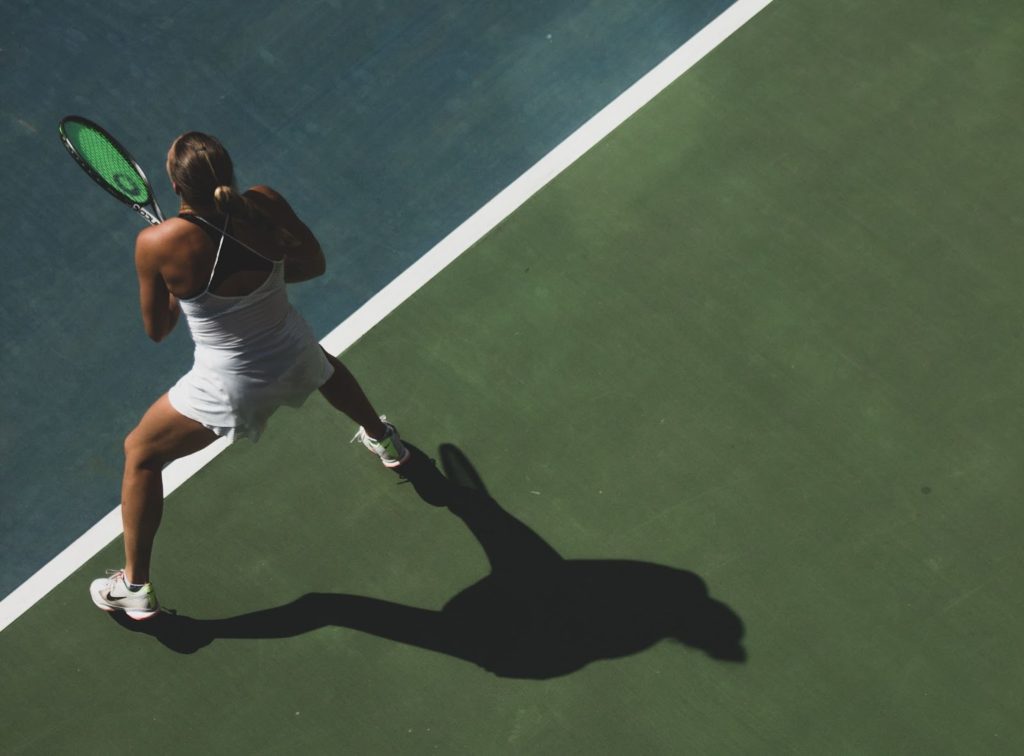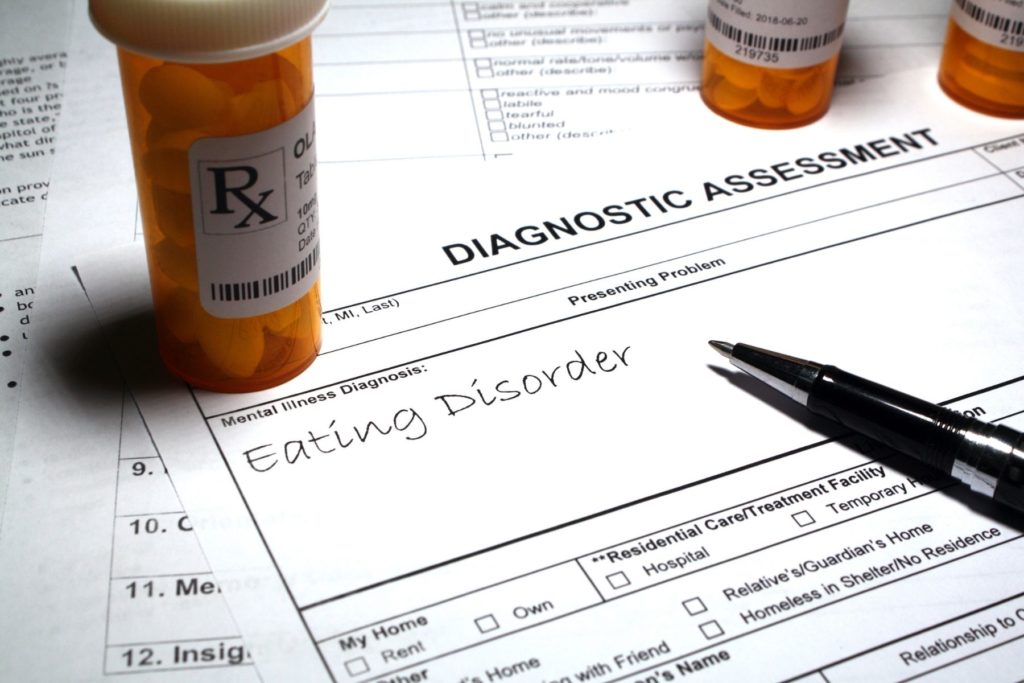Eating Disorder Recovery and Sport Participation
July 18, 2022

Athletes face unique challenges in eating disorder recovery. In addition, the medical and psychological consequences of eating disorders may affect an athlete’s ability to safely participate in their sport.
Athletes suspected to have an eating disorder should put sport participation on hold. Until an assessment is made by a mental health professional, they should stay off the field. Finally, if a diagnosis is given, a treatment team and care plan must be put in place.
Eating Disorders in Sport
For the athlete struggling with an eating disorder, temporary loss of sport can be very difficult.
Because we can’t visually see an eating disorder, an athlete may not believe that they require time to heal. Additionally, an athlete may worry about the impact of a pause from sport on performance. Not to mention, there may also be concerns about eating disorder recovery and changes in body composition and performance. Lastly, a break from sport participation may reduce social interactions with teammates which can be very distressing.
Thus, a supportive treatment team can help an athlete manage these concerns and get them back to safe participation as quickly as possible.
Pausing Sport Participation
An eating disorder treatment team typically consists of a medical doctor, dietitian, therapist, trainer, and coach. For an athlete’s safety and their recovery, a temporary pause from sport may be suggested.
The RED-S ‘Red Light – Yellow Light – Green Light’ Risk Assessment and Return to Play model was developed by the International Olympic Committee. Generally, this model provides guidelines around how to assess whether an athlete is appropriate for play. For example, if the “red light” or high risk criteria are met, sport competition is not recommended. However, training may be able to continue if supervised by an eating disorder professional.
-Presence of an eating disorder
-A medical condition that results in low energy availability
-Or, extreme weight loss practices that cause abnormal blood pressure.
If an athlete meets the red light criteria, sport participation will be paused until clinically indicated by the treatment team.
Proceeding with Caution
Occasionally, depending on the severity of an athlete’s eating disorder, sport participation may continue under specific conditions. The International Olympic Committee calls this space the “yellow light” or participation with caution.
For example, some signs and symptoms that an athlete may participate with the close supervision of their treatment team include:
-Chronic low body fat or relative energy deficiency
-Moderate weight loss
-Delayed or plateaued growth in adolescents
-Abnormal menstrual cycle or hormone profile
-Reduced bone mineral density or history of stress fractures
-Abnormal lab or electrocardiogram results
-Other team members affected by athlete’s own disordered eating
-Or, non-compliance with eating disorder treatment.

Reintegrating Sport in Eating Disorder Recovery
As the athlete engages in eating disorder recovery interventions, their treatment team will be there to continuously monitor them. For instance, this often includes assessment of physiological and psychological capacity to re-engage with their sport.
For example, some positive indicators that an athlete may be ready to integrate training and competition again include:
– Resolution of eating disorder related medical complications
-Reduction of “do anything for sport” mindset
-Ability and willingness to meet body’s energy needs through food intake
-Cessation of excessive exercise
-Compliance with eating disorder treatment interventions and goals.
In addition, the Return to Play model, “green light” criteria include:
-Eating enough to support activity level
-Normal hormonal and endocrine function
-Healthy musculoskeletal system (bones, muscles, tendons, cartilage).
As a result of meeting these criteria, the treatment team will likely suggest a gradual increase in sport participation overtime. In addition, they will continually assess how the athlete responds to reintegration.

Goals of Eating Disorder Treatment and Sport Reintegration
In conclusion, helping an athlete heal from their eating disorder and return to sport takes time and effort. The treatment team will touch physical, nutritional, and psychological aspects of the disorder.
Physiologically, medical complications should resolve. Nutritionally, food intake and energy expenditure should be in balance, and harmful food beliefs should be neutralized. Further, psychologically, the athlete should be able to expand upon their identity outside of their sport and have coping mechanisms beyond exercise. The end goal is for the athlete to have a supportive relationship with food, body, and movement.
In treatment, the athlete will focus on renourishment and weight restoration if necessary. In addition, they will challenge detrimental behaviors and beliefs around food and movement. They will explore their identity outside athletics, and movement outside of sport.
While healing from an eating disorder as an athlete is very challenging, recovery is possible. Returning to sport can be a powerful motivator in challenging and overcoming eating disorder behaviors and cognitions.
Looking for sports nutrition guidance to help you optimize your performance AND feel your best? Our Certified Sports Dietitians have experience providing guidance for athletes of all levels and sports. You can check out our sports nutrition packages here.
References:
Elite Athletes and Anorexia Nervosa: What Coaches, Trainers, Administrators & Parents Need to Know
The IOC relative energy deficiency in sport clinical assessment tool
RED-S CAT™ Relative Energy Defi ciency in Sport (RED-S) Clinical Assessment Tool (CAT)